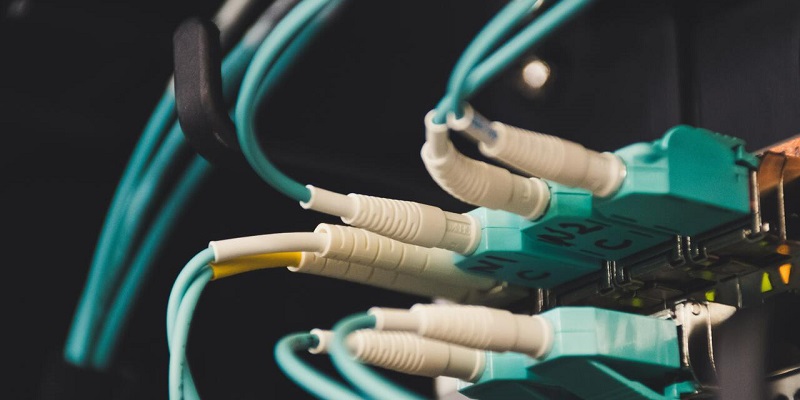The NVIDIA GeForce RTX 40 series is a popular choice among gamers due to its high-quality graphics and advanced features. However, some users have reported issues with the 12VHPWR connector melting, causing concerns for many users. The connector on the graphics card has been prone to melting since the launch of the series. Luckily, MSI has found a solution to keep users’ cards safe and prevent these types of issues.
According to NVIDIA, the main issue causing NVIDIA GeForce RTX 40 series graphics cards to melt was user error. Users were not connecting the graphics card and the power supply unit correctly, and as a result, a lot of heat was generated, leading to the melting of the connector. This situation is unfortunate because it can damage the entire graphics card beyond repair.
Solutions Offered So Far
To rectify the issue, some cable and PSU makers have begun offering angled connectors to improve the connection between the graphics card and the PSU. This fix has helped to some extent, but the issue still persists. Until now, no permanent solution has been available that could safely prevent the melting of the 12V HPWR connector.
MSI’s Innovative New Solution
MSI has found a clever solution. The company is offering a new PCIe Gen5 12VHPWR connector cable bundled with its PSUs. The new cable will help prevent user errors and eliminate the issue of melting 12VHPWR connectors on NVIDIA graphics cards. The same cable is included with MSI’s ATX 3.0 PSU lineup, making it a practical and wise solution.
New PCIe Gen5 12VHPWR Connector Cable from MSI
The new cable from MSI is the same as the one shipped with its ATX 3.0 PSU lineup. The cable is made of high-quality components, ensuring stability and safety. With the new connector, MSI assures users that they can confidently connect their graphics card to the PSU without experiencing any issues.
Proper connection is extremely important
If an improper connection is made between the graphics card and the PSU, damage may occur, and the graphics card may become unusable. The yellow parts need to disappear entirely to ensure that the connector is inserted properly. A visible gap means that the connector is not inserted correctly, and this could lead to problems in the future.
MSI’s Thoughtfulness
MSI’s new solution has garnered praise from users and experts alike. The company has thought outside of the box and provided a practical solution for a widespread issue. With this new cable, users can confidently connect their graphics cards to the power supply unit (PSU) and avoid experiencing issues with melting connectors.
Meanwhile, ASUS is offering a new feature in its GPU Tweak III utility that enables users to check if the 12VHPWR connector is properly plugged in or not. This additional feature will give users peace of mind and ensure they don’t face any problems with their graphics cards.
To better understand the new cable, PCWorld has demonstrated the importance of properly connecting the 12VHPWR connector and how the new cable from MSI can help keep your graphics card safe and prevent it from overheating.
In conclusion, MSI’s new 12VHPWR cable is a groundbreaking solution that addresses a widespread issue for users of NVIDIA GeForce RTX 40 series graphics cards. This new cable, bundled with MSI PSUs, eliminates the problem of melting 12VHPWR connectors, and users can breathe a sigh of relief knowing they won’t face any issues. With the proper connection, users can expect their graphics cards to perform smoothly and efficiently without any problems.

